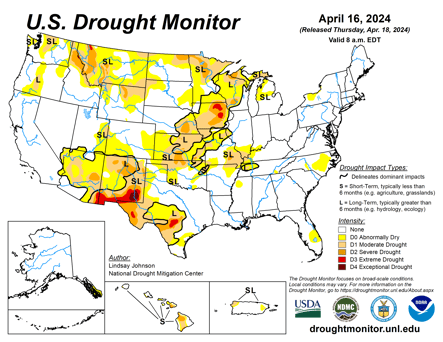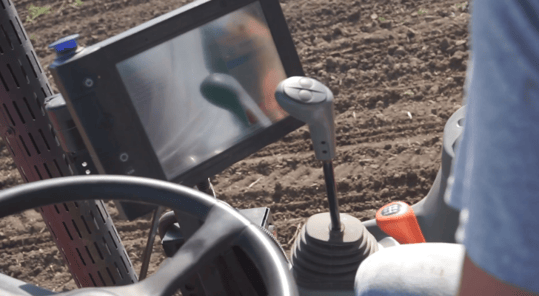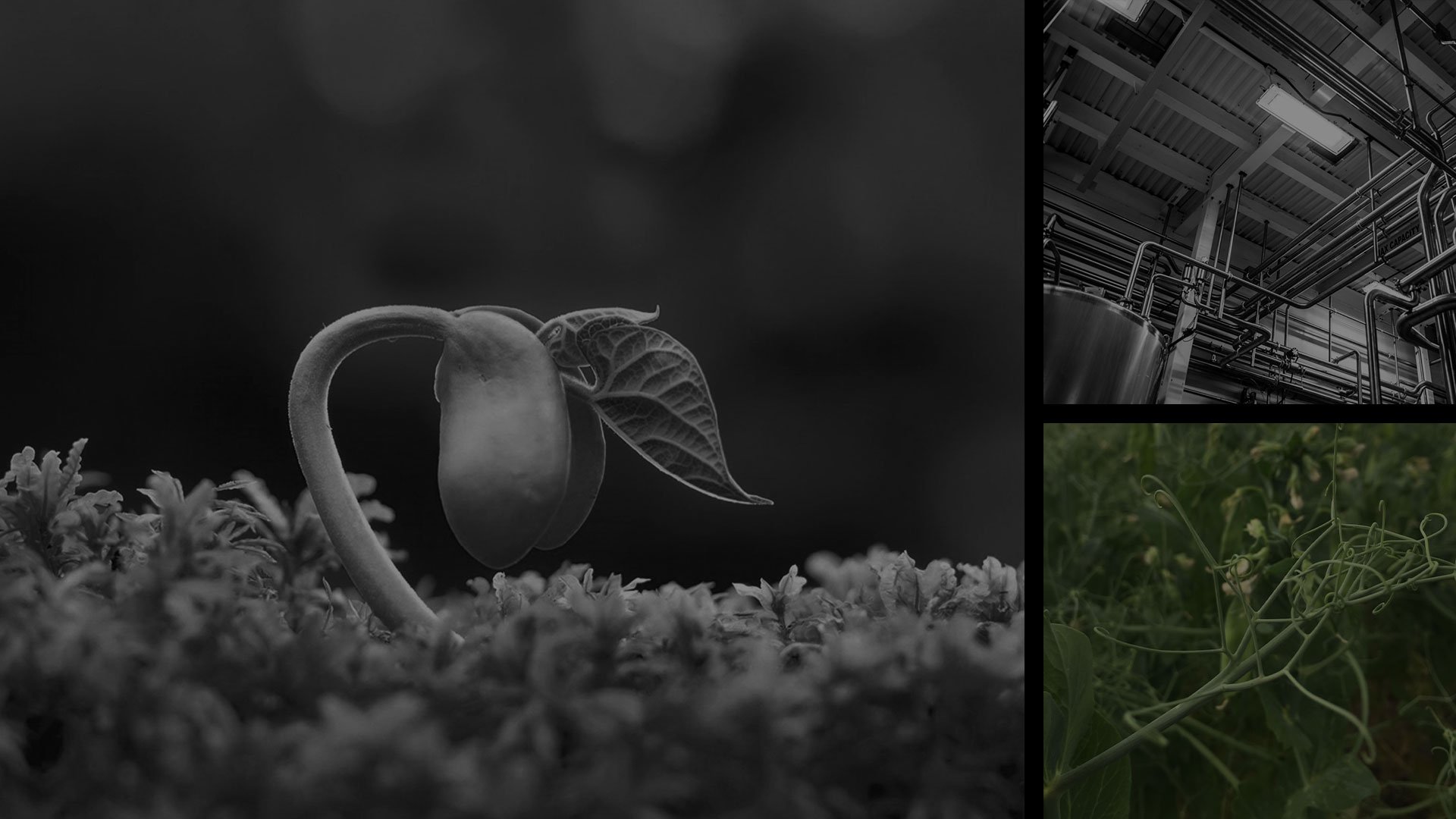Brent Reck is PURIS’ key pea merchandiser. Brent works with growers from North Dakota to Oklahoma who are growing yellow field peas to optimize their agronomics. As we enter planting season for peas, we sat down with Brent to get a better understanding of what is happening at the field level.
Brent: Yellow field peas offer a fantastic one-two punch for farmers. First, they're excellent nitrogen fixers. These legumes have a symbiotic relationship with bacteria that capture nitrogen from the air and convert it into a usable form for plants. This not only benefits the peas themselves but also enriches the soil for subsequent crops.
symbiotic relationship with bacteria that capture nitrogen from the air and convert it into a usable form for plants. This not only benefits the peas themselves but also enriches the soil for subsequent crops.
Q: With the seemingly ever-present concern of drought in the upper Midwest region, are peas a good fit for drier conditions?
Brent: Peas are champions when it comes to water management. 75% of the root biomass is within 2 feet of the soil surface. A relatively shallow root system and high water use efficiency make field peas an excellent rotational crop in areas where soil moisture conservation is critical. However, extreme drought can still impact germination and yields. That's why it's crucial for farmers to be aware of the U.S. Drought Monitor reports: [https://droughtmonitor.unl.edu/] This helps them make informed decisions about planting based on current conditions.
Q: When is the ideal window for planting yellow field peas here in the Upper Midwest?
Brent: We typically aim for early to late April, but soil temperature is key. Peas prefer soil temperatures between 40-50°F at planting depth. Planting too early in cold soil can lead to uneven germination. Patience is important here!
Q: Let's talk about planting specifics. What kind of soil preparation is needed?
Brent: Peas thrive in well-drained soil with a slightly acidic pH, ideally between 6.0 and 7.0. If the soil leans outside this range, adjustments with lime or sulfur might be necessary. And before planting, removing any existing weeds is crucial to prevent competition for resources.
Q: What about planting depth and seeding rate?
Brent: Aim for a depth of 1-2 inches. Deeper planting can hinder germination. Seeding rates can vary depending on the pea variety and the purpose. Always double-check the recommended rate for your specific pea variety.
Q: Can you elaborate on inoculating seeds?
Brent: Absolutely! Inoculation involves introducing nitrogen-fixing bacteria to the pea seeds. This kickstarts the symbiotic relationship and significantly boosts the effectiveness of peas in adding nitrogen to the soil. It's particularly beneficial if your soil is nitrogen deficient. 
Q: Are there any specific planting methods that work best for yellow field peas?
Brent: PURIS recommends drilling seeds into rows to offer more precise placement and improved plant establishment.
Q: Once planted, are peas pretty low-maintenance?
Brent: While they're drought-tolerant, consistent moisture during germination and early growth can really benefit yields. Monitor soil moisture and irrigate if needed, especially during dry periods. Weeds can also be a concern, so implementing proper weed control measures before and after planting is essential.
Q: Any final words?
Brent: My pleasure! Peas are a versatile and valuable rotational crop, and with a little planning, they can be a great addition to any Upper Midwest farming operation.
Brent Reck, Pea Merchandiser | breck@purisfoods.com
Video courtesy of USA Pulses



